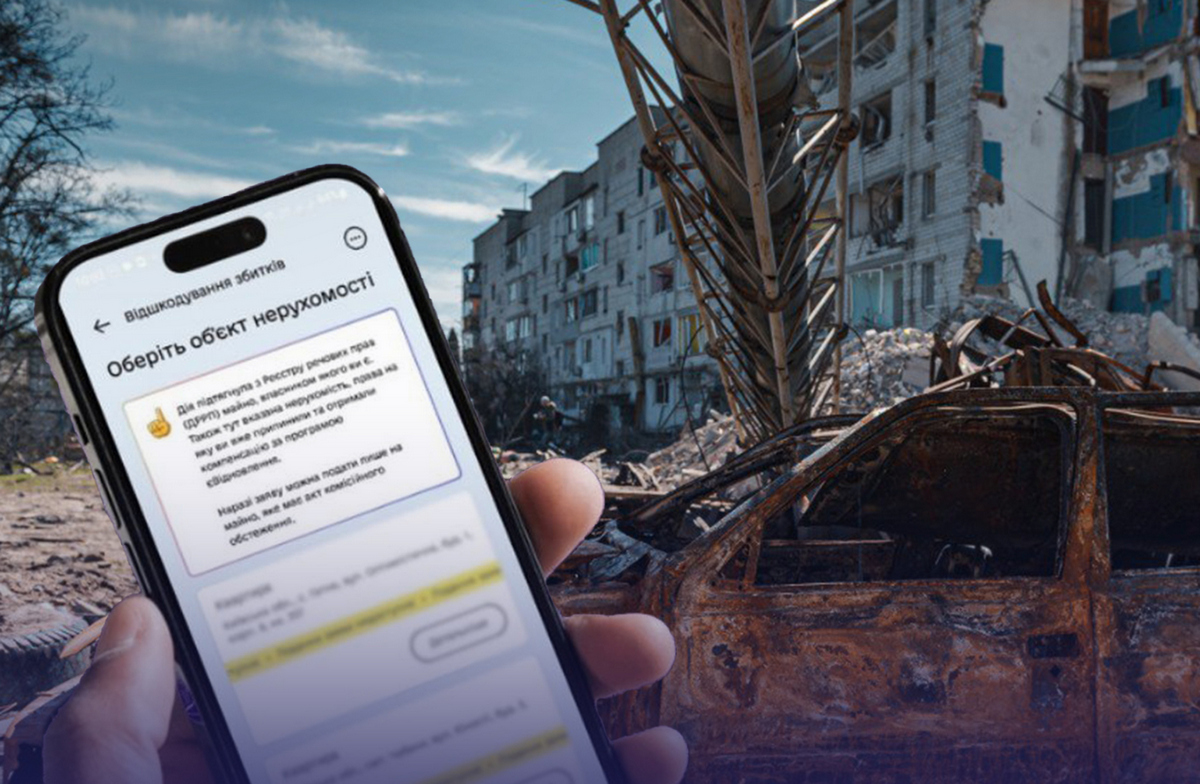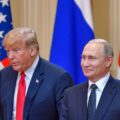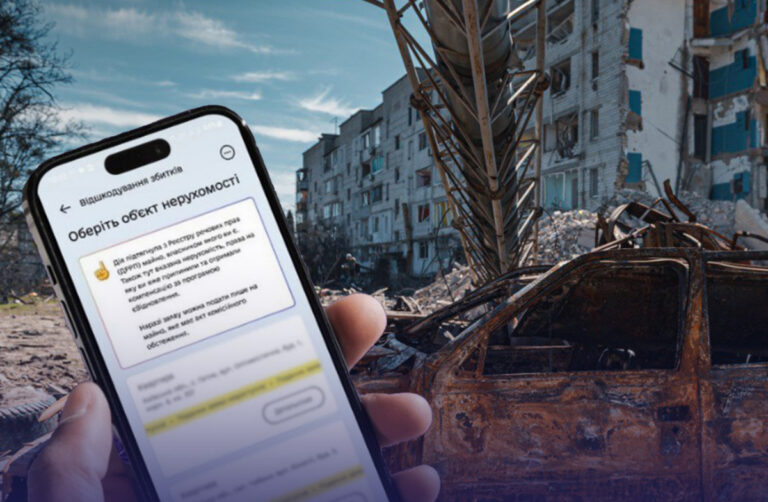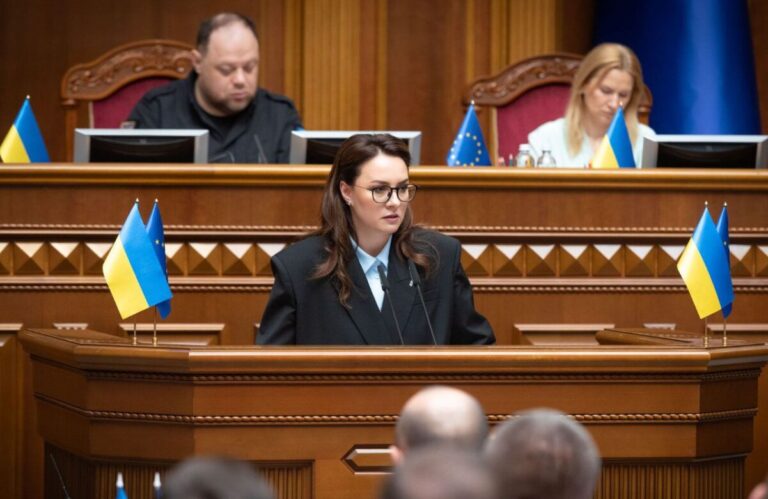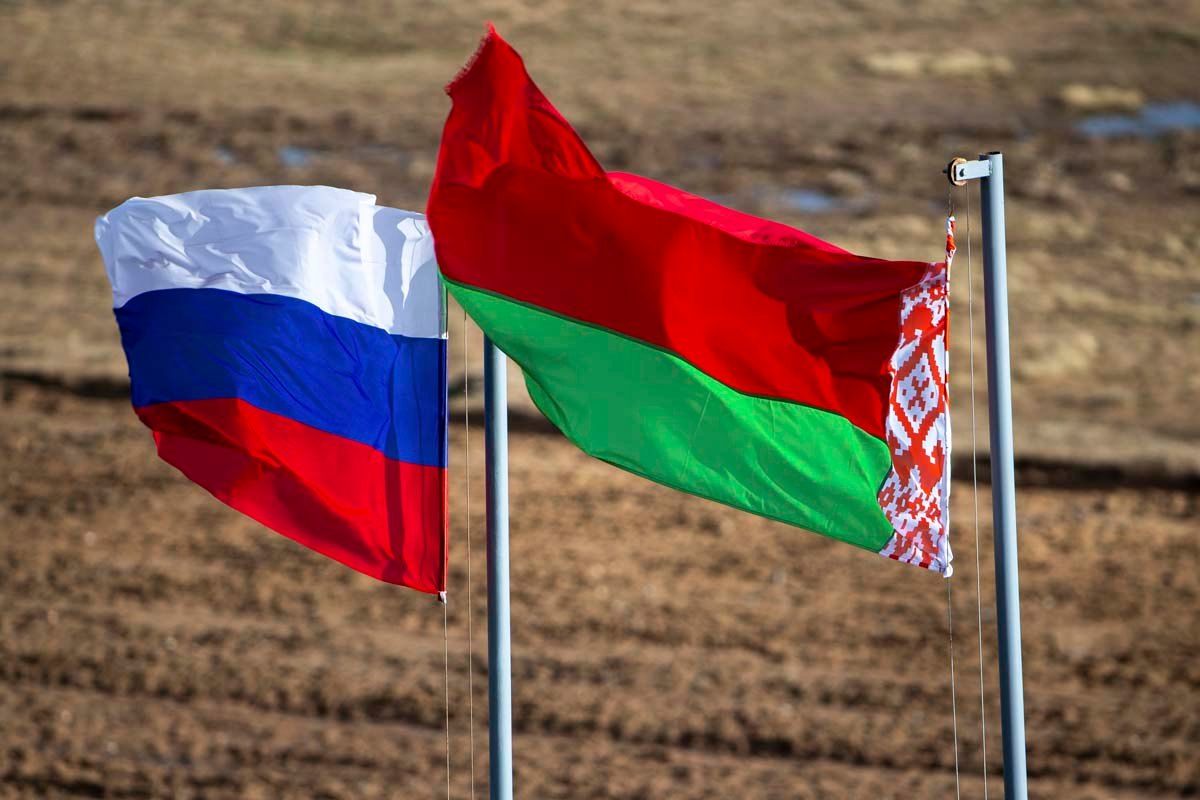
Belarus and “Zapad-2025”: What Lies Behind the Exercises and What Ukraine Should Expect
In early August, several hundred Russian military personnel and dozens of units of equipment arrived in Belarus. These are the first confirmed troop movements for participation in the joint strategic exercises “Zapad-2025”, officially scheduled for 12-16 September 2025.
According to the spokesperson for the State Border Guard Service of Ukraine, Andriy Demchenko, the current scale of forces is not critical:
“At present, we do not see a strike group being formed in the direction of our border. But this direction, as before, remains threatening for us, and during these exercises, provocations or further escalation of the security situation in our country cannot be ruled out.”
His words reflect the dual nature of the situation: there is currently no direct military pressure, but the risk of escalation during the manoeuvres remains.
The Belarusian Ministry of Defence states that the exercises have a “defensive nature” and aim to test the readiness of the Union State (Russia and Belarus) to repel possible aggression. Official information indicates the participation of over 13,000 military personnel.
Belarusian Defence Minister Viktor Khrenin openly highlighted the strategic component of the exercises:
“We must be ready for everything. The exercises will practise planning for the use of nuclear weapons, as well as new means of attack, including the medium-range hypersonic missile ‘Oreshnik’.”
The announcement that elements of nuclear deterrence are included in the scenario significantly increases the interest and concern of neighbouring countries. Such actions demonstrate not only military ambitions but also the intention of Moscow and Minsk to underscore their readiness to act in the event of a major conflict.
Lukashenko’s stance and statements on “openness”
Belarusian President Alexander Lukashenko publicly rejected accusations of aggressive intent:
“It is complete nonsense to interpret the exercises as preparation for an attack. We moved the main episodes deeper into the country to reduce tension and not give you grounds for accusations.”
In addition, Minsk announced the invitation of international observers under the Vienna Document of the OSCE. Formally, this should confirm the openness and transparency of the exercises, but the very fact of Russian troop involvement and the nuclear scenario leaves room for doubt.
Ukrainian military analysis: the factor of hidden deployment
Commander-in-Chief of the Armed Forces of Ukraine Oleksandr Syrskyi warns that the exercises could serve as cover for the creation of offensive groupings:
“All exercises have some purpose. And one of these goals is the covert creation of groupings of offensive forces. The appearance of exercises is the most convenient way to redeploy troops.”
This scenario has been used repeatedly by Russia before 2022, including prior to the start of the full-scale invasion. Therefore, Ukraine’s Defence Forces are closely monitoring redeployment routes, training ground locations, and any changes in troop deployment.
What this means for the northern border
- As of today no strike groups have been formed near Ukraine’s border.
- Active phase of the exercises in September the period of greatest attention, when information and border provocations are possible.
- Risks for Volyn, Rivne, and Zhytomyr regions more in the sphere of pressure and testing reaction than an immediate military threat.
Local communities, including Liubeshiv in Volyn, have already warned residents to follow official recommendations and not to succumb to panic in the event of information provocations.
Independent analysis of the situation
Factors reducing the risk of immediate escalation:
- Officially announced dates and scale of the exercises hidden preparations for an attack are rarely publicised.
- Statements about moving the main episodes deeper into Belarus and inviting observers.
Factors requiring vigilance:
- Presence of Russian troops and equipment with potential for further build-up.
- Inclusion of nuclear planning elements in the scenario.
- Historical precedent of Russia using exercises as cover for military operations.
What to expect in September
- Provocations at the border aimed at psychological pressure.
- Information operations intended to destabilise and create panic.
- Testing of logistics and coordination between Russian and Belarusian forces, which could facilitate deployment if the Kremlin makes a political decision.
The likelihood of an immediate invasion from Belarus remains low, but the September period should be considered a time of heightened attention.


